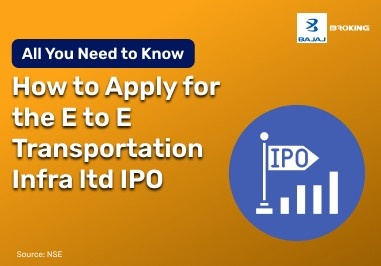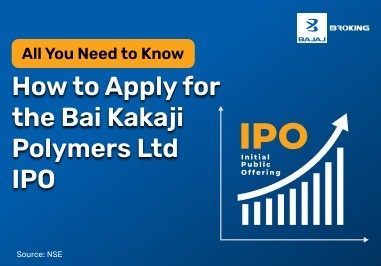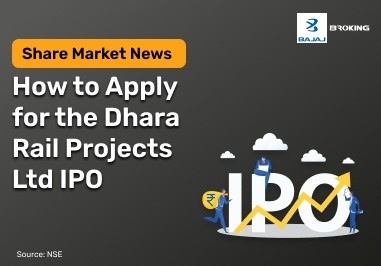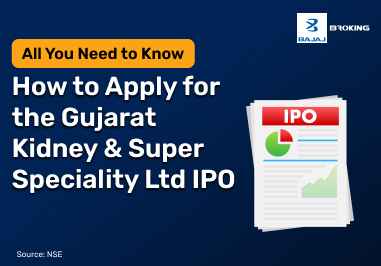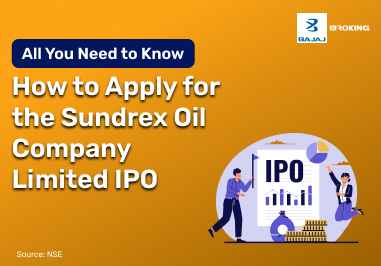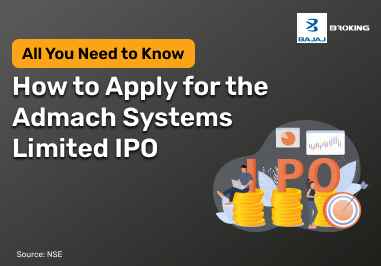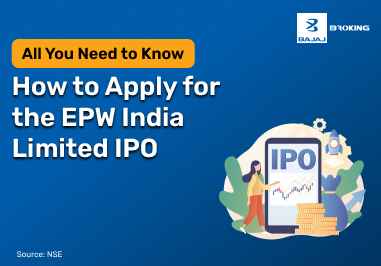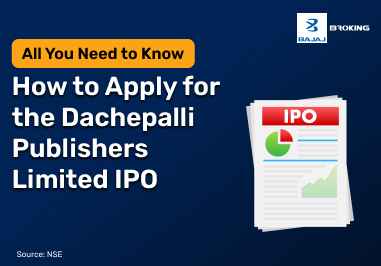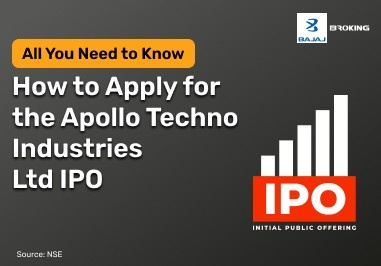Implied Volatility is an important option trading concept that represents what the market expects the asset's future price movement will be. It is in contrast to historical volatility, which analyzes past price movement but IV projects what might happen in the future based on current market conditions.
It would be easier to say in simple words that implied volatility gauges the perceived uncertainty or risk related to an asset. The higher the IV, the more likely it is that the market is probably expecting big moves in prices. The smaller the IV, the steadier it appears. For options traders, knowing about IV is very important because it impacts the price of options contracts directly.
Whether you are a fresher to the world of stock market explorations or an expert trader, implied volatility helps estimate your opportunities and risks for you while improving your decisions. Open up a Demat account and explore this world of option trading through better insights from IV.
What is Implied Volatility?
Implied Volatility refers to the mean volatility that the market has towards the price of an asset in some time into the future. This is worked out from the present price of market options by models such as the Black-Scholes model. IV is the percentage annualised that is one standard deviation in movement in price over a year.
Take a stock sitting at ₹100 with an IV of 20%. The market expectation of the stock is for it to stay between ₹80 and ₹120 within the same time frame that equates to one year. More of a range than a forecast, with a probability of where prices may or may not be heading.
Implied volatility depends on factors such as supply and demand of options, market sentiment, and general conditions in the economy. Normally, increased demand for options means a rise in IV because more uncertainty is evident in the market. With low demand, IV goes low.
Appreciation of implied volatility is very significant to option traders because this impacts directly on the premium-an option contract's price. With high IV comes high premium, and low IV yields less expensive options.
Difference Between Implied Volatility and Historical Volatility
Aspect
| Implied Volatility
| Historical Volatility
|
Definition
| Future expectations of an asset’s price movements based on market conditions.
| Past price movements of an asset over a specific period.
|
Calculation basis
| Derived from current market prices of options.
| Calculated using historical price data.
|
Usage
| Helps traders gauge market sentiment and options pricing.
| Indicates how volatile an asset has been historically.
|
Nature
| Forward-looking and subjective.
| Backward-looking and objective.
|
Impact on Options Pricing
| Directly influences options premiums.
| Provides insights but does not impact current options pricing.
|
Knowing the distinctions, a trader can efficiently make use of both measures while building strategies for trading.
What Does Implied Volatility Mean as a Trading Tool?
As a trading tool, IV offers information related to market sentiment. In such ways, traders are empowered with decision-making in determining options prices and the extent of possible risks.
In summary, this is how it works.
Options Prices:
Implied volatility directly impacts the premium of options contracts. Higher IV means higher premiums, while lower IV results in cheaper options. Traders analyze IV to identify whether an option is overvalued or undervalued based on market conditions.
Market Sentiment:
IV reflects the market’s perception of risk. A sudden spike in IV indicates increased uncertainty, such as before earnings reports or geopolitical events. Conversely, low IV suggests market stability.
Volatility Trading Strategies:
Traders use IV for the application of straddles or strangles to exploit large price moves irrespective of direction.
Knowing and using implied volatility will help to enhance the risk-reward trade-off and adjust a trading strategy according to the market conditions prevailing in a situation.
What is IV in Stocks Interpretation?
IV in stocks, essentially means measuring market expectations and making appropriate trading strategies for fulfilling the expectations of the market. Here's what IV stands for in different situations:
High IV in Stocks:
This implies extreme price movements are expected in the market and is either on the back of news announcements and earnings, or possibly market volatility getting higher. The trader prefers high IV in terms of volatility-based strategies but exposes him to much risk.
Low IV in Stocks:
This shows that the market would expect stable price movements. Options during low-IV periods are cheaper and may attract traders who expect to see a future surge in volatility.
IV Skew:
Also referred to as the spread of IV between options at different strike prices. This allows traders to find out how the marketplace values in risk for out-of-the-money versus at-the-money options.
What is Implied Volatility in Options Benefits?
1. Pricing Insights: These help a trader know whether an option is overpriced or under-priced.
2. Strategy Creation: It facilitates strategies like spreading, straddling, or strangling.
3. Risk Assessment: This provides information on likely price shifts and uncertainty in the marketplace.



